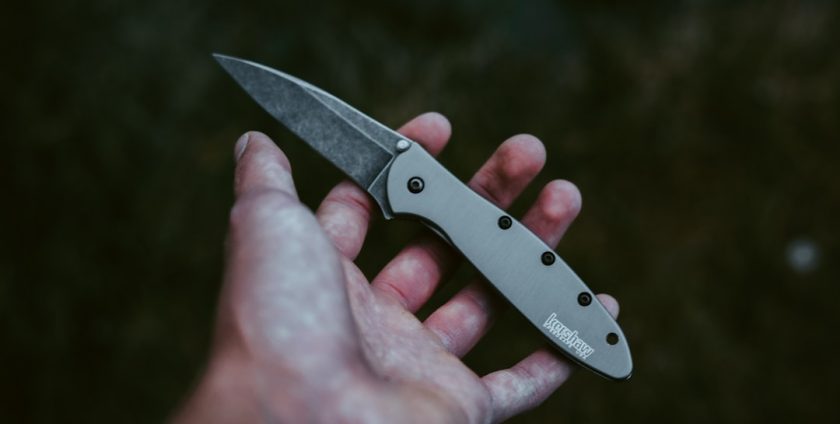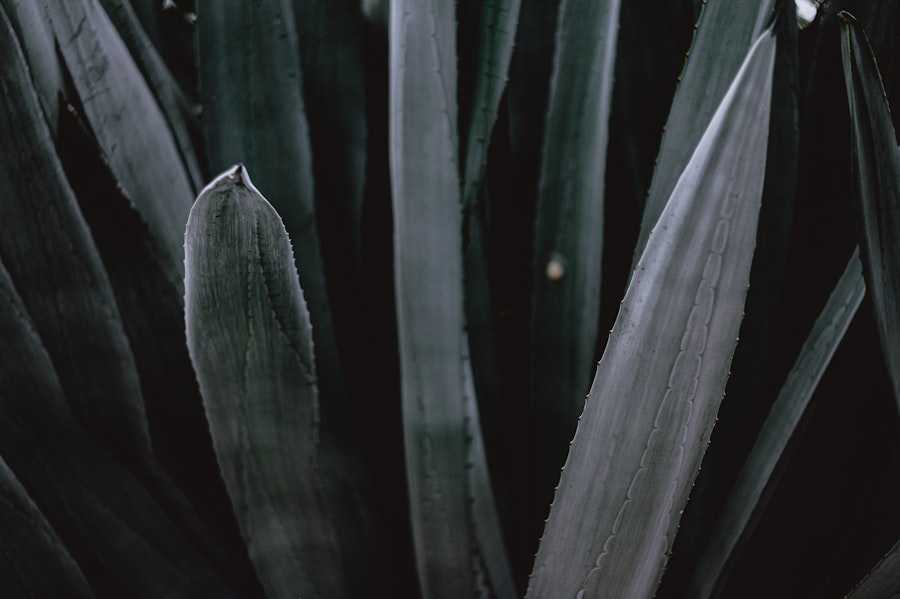
- By: admin
- Category: Commercial Floor Cleaning Machines
- 0 comment
In the realm of commercial and industrial cleaning, the squeegee blade is often an unsung hero. While it may not receive the same level of attention as more prominent cleaning equipment, its role in ensuring surfaces are left spotless cannot be overstated. Squeegee blades are essential tools for removing water, chemicals, and other liquids from various surfaces, including floors, windows, and machinery.
Understanding the intricacies of squeegee blades can significantly enhance cleaning efficiency and effectiveness, making it a topic worth exploring for contract cleaners, building managers, and facility managers alike. The value of a high-quality squeegee blade extends beyond mere aesthetics; it directly impacts safety and operational efficiency. A well-functioning squeegee can prevent slip hazards by ensuring that surfaces are dry and free from pooling liquids.
Moreover, the right blade can reduce the time spent on cleaning tasks, allowing teams to focus on other critical areas of facility management. In this article, we will delve into the signs of poor water pick-up, factors affecting performance, maintenance importance, and tips for selecting and optimising squeegee blades for your specific needs. Please feel free to get in touch with us through our Contact Us page.
Summary
- Squeegee blades are essential for effective water pick-up in cleaning equipment.
- Poor water pick-up can be indicated by streaks, residue, or water pooling on the floor.
- Factors affecting squeegee blade performance include material, size, and wear and tear.
- Regular maintenance is crucial for ensuring optimal squeegee blade performance.
- Choosing the right squeegee blades involves considering the type of floor and the cleaning equipment being used.
Signs of Poor Water Pick-Up
Identifying signs of poor water pick-up is crucial for maintaining a clean and safe environment. One of the most apparent indicators is the presence of streaks or residue left behind after squeegeeing. If surfaces appear smeared or wet despite using a squeegee, it may be time to assess the condition of the blade.
Streaks not only detract from the overall appearance but can also indicate that dirt and grime are being pushed around rather than removed effectively. Another sign to watch for is the accumulation of water pooling in certain areas after squeegeeing. If you notice that water is not being efficiently directed towards drains or away from high-traffic zones, it could suggest that the blade is worn or damaged.
This not only poses a risk for slips and falls but can also lead to longer drying times, which may disrupt operations in busy commercial settings. Regularly monitoring these signs can help ensure that your cleaning processes remain effective and safe.
Factors Affecting Squeegee Blade Performance

Several factors can influence the performance of squeegee blades, and understanding these can help you make informed decisions about maintenance and replacement. One primary factor is the material composition of the blade itself. Squeegee blades are typically made from rubber, silicone, or polyurethane, each offering different levels of durability and flexibility.
For instance, rubber blades are often favoured for their excellent water pick-up capabilities but may wear out more quickly in abrasive environments. Conversely, polyurethane blades tend to be more resilient but may not provide the same level of flexibility. The design and shape of the squeegee also play a significant role in its effectiveness.
Blades with a softer edge can conform better to uneven surfaces, ensuring a more thorough clean. Additionally, the width of the blade can impact performance; wider blades may cover more area but could struggle in tight spaces. Understanding these factors allows facility managers to select the most appropriate squeegee for their specific cleaning tasks, ultimately enhancing overall efficiency.
Importance of Regular Maintenance
Regular maintenance of squeegee blades is essential for optimal performance and longevity. Over time, blades can become worn or damaged due to constant use and exposure to various cleaning chemicals. A proactive maintenance routine can help identify issues before they escalate into more significant problems.
For instance, regularly inspecting blades for nicks or tears can prevent ineffective cleaning and potential safety hazards. Moreover, proper cleaning and storage of squeegees can extend their lifespan significantly. After each use, it is advisable to rinse blades thoroughly to remove any residual chemicals or debris that could cause deterioration.
Storing squeegees in a dry environment away from direct sunlight will also help maintain their integrity. By prioritising maintenance, facility managers can ensure that their cleaning equipment remains in peak condition, ultimately leading to better results in their cleaning operations.
Choosing the Right Squeegee Blades
Selecting the right squeegee blades for your specific needs is crucial for achieving optimal cleaning results. When considering options, it is essential to evaluate the surfaces you will be working on. For example, if you are cleaning smooth glass surfaces, a softer rubber blade may be ideal for achieving a streak-free finish.
On the other hand, if you are dealing with rougher surfaces or industrial environments where durability is paramount, a more robust polyurethane blade might be necessary. Additionally, consider the size and shape of the squeegee in relation to your cleaning tasks. For large open areas, a wider blade can expedite the process; however, for intricate spaces or corners, a narrower blade may be more effective.
It’s also worth noting that some manufacturers offer interchangeable blades that allow for versatility across different tasks. By carefully assessing your requirements and selecting the appropriate squeegee blades, you can enhance both efficiency and effectiveness in your cleaning operations.
Tips for Improving Water Pick-Up

Improving water pick-up with your squeegee involves a combination of technique and equipment choice. One effective method is to ensure that you are using the correct angle when squeegeeing surfaces. A slight tilt—typically around 30 degrees—can help maximise contact with the surface while allowing water to flow towards the blade’s edge.
This technique not only improves water removal but also reduces the likelihood of streaks forming. Another tip is to maintain consistent pressure while using the squeegee. Applying too much pressure can lead to uneven results, while too little may not effectively remove all liquid.
Practising a steady hand will help achieve optimal results over time. Additionally, consider using a two-pass method: one pass to remove most of the water and a second pass to ensure a thorough clean without leaving any residue behind.
Common Mistakes to Avoid
While using squeegees may seem straightforward, there are several common mistakes that can hinder performance and lead to unsatisfactory results. One frequent error is neglecting to replace worn or damaged blades promptly. Continuing to use a compromised blade not only affects cleaning efficacy but can also lead to increased wear on other equipment or surfaces being cleaned.
Another mistake is failing to adapt your technique based on surface conditions. For instance, using a standard rubber blade on heavily soiled or textured surfaces may not yield optimal results. Instead, consider switching to a more durable material or adjusting your approach based on specific challenges presented by different environments.
By being mindful of these common pitfalls, facility managers can enhance their cleaning processes significantly.
Conclusion and Final Thoughts
In conclusion, understanding the nuances of squeegee blades is vital for anyone involved in commercial or industrial cleaning. From recognising signs of poor water pick-up to selecting the right materials and maintaining equipment properly, every aspect plays a crucial role in achieving effective cleaning outcomes. By prioritising regular maintenance and being aware of common mistakes, facility managers can ensure that their teams are equipped with the best tools for success.
Ultimately, investing time in understanding and optimising squeegee blade performance will lead to cleaner environments and safer workplaces. As you continue to refine your cleaning processes, remember that even small adjustments can yield significant improvements in efficiency and effectiveness. **FAQ Section** 1.
**How often should I replace my squeegee blades?**
It’s advisable to inspect your squeegee blades regularly for signs of wear or damage and replace them as needed—typically every few months depending on usage. 2. **What material is best for squeegee blades?**
The best material depends on your specific cleaning needs; rubber is excellent for smooth surfaces while polyurethane offers durability for rougher environments.
3. **Can I use a squeegee on all types of surfaces?**
While squeegees are versatile tools, it’s essential to choose the right type based on surface texture; some materials may require specialised blades for optimal results. 4.
**What’s the best technique for using a squeegee?**
Maintain a slight angle while applying consistent pressure during use; this helps maximise water pick-up and reduces streaking. 5. **How do I clean my squeegee after use?**
Rinse your squeegee thoroughly with clean water after each use to remove any chemicals or debris that could damage the blade over time.
FAQs
What are squeegee blades?
Squeegee blades are the rubber or silicone strips found on the bottom of a squeegee used for cleaning windows, floors, and other surfaces. They are designed to remove water and other liquids from the surface being cleaned.
How do squeegee blades affect water pick-up?
Squeegee blades that are worn, damaged, or improperly installed can result in poor water pick-up. This can leave streaks and water residue on the surface being cleaned, leading to an unsatisfactory result.
What are the signs of worn squeegee blades?
Signs of worn squeegee blades include streaking, skipping, or leaving behind water or other liquids during the cleaning process. The blades may also appear cracked, torn, or uneven.
How often should squeegee blades be replaced?
The frequency of squeegee blade replacement depends on the frequency of use and the type of surface being cleaned. In general, squeegee blades should be inspected regularly and replaced when signs of wear or damage are present.
How can I prolong the life of my squeegee blades?
To prolong the life of squeegee blades, it is important to clean them regularly and store them properly. Avoid using squeegees on abrasive surfaces and be mindful of the pressure applied during cleaning to prevent unnecessary wear and tear on the blades.
